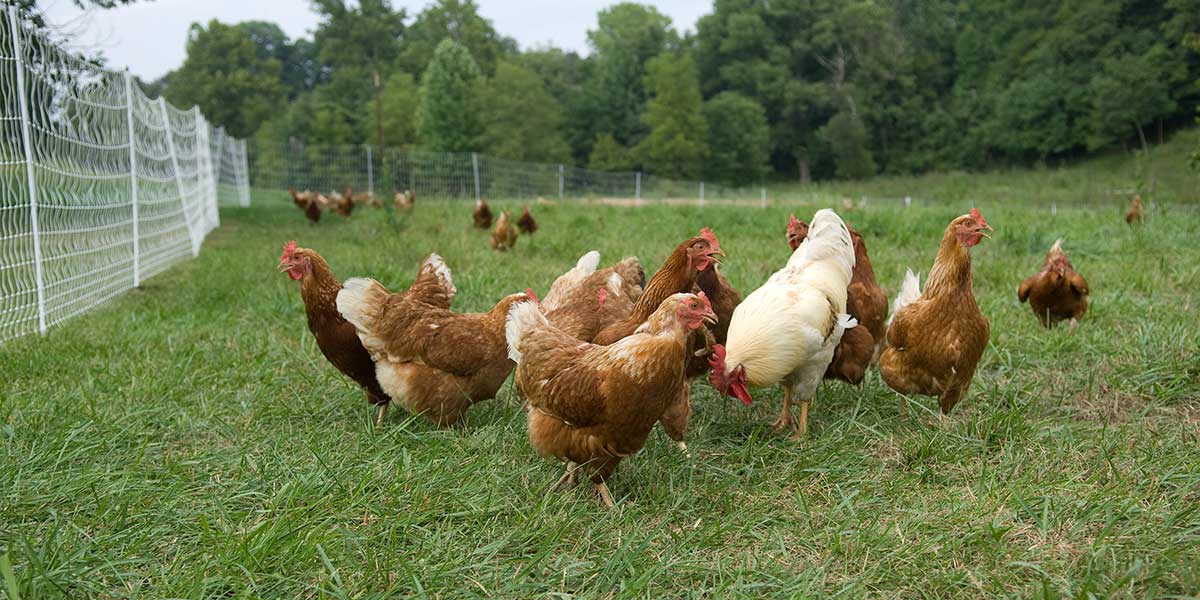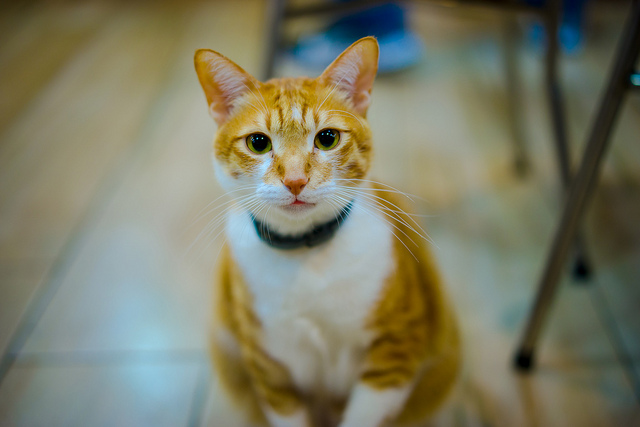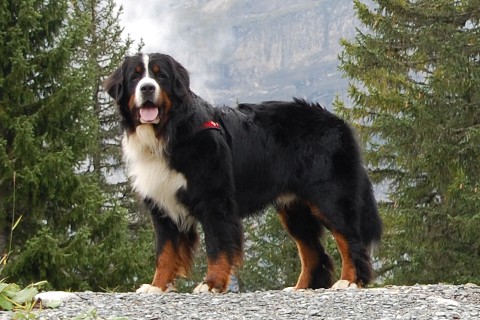
China leads the world in number of sheep – claiming 15.9% of the world’s population. Australia and New Zealand have the most power in the world markets for wool and lamb. Iran has over 48 million sheep.
The U.S. is not a world leader when it comes to sheep and numbers, but sheep production is still an important business for many Americans. And as with all other livestock, proper identification very important. Let’s learn a little more.
Why Identify Sheep?
Sheep are multi-purpose animals. In other words, farmers raise them for various reasons. Although it pains most animal lovers to hear, most U.S. lambs are used for butchering. Meat production and dairying is a large industry in the U.S.
Sheep can also used be used for vegetation control, wool production, and even in lamb marketing.
As you could probably guess, it’s important to keep sheep in order for the right tasks. Keeping proper identification is important to know the sheep’s birth year, breed type, owner, sex, etc.
Here at Ketchum, our two most popular solutions for sheep identification are ear tags and tattoos.
Sheep Ear Tags
Farmers most commonly use sheep ear tags. Ketchum offers both brass and plastic ear tag options for permanent solutions. Both kinds of sheep tags have their advantages. Brass tags are light and they keep a low profile, but they’re not easy to read from afar. Plastic tags come in neon colors and are easy to read, but they’re more prone to fading.
Tattoos
Tattoos are an excellent way to identify sheep in the event a tag gets lost. Redundancy can save you from a major headache. Ketchum offers tattoo ink in various colors, as well as the equipment needed to get the job done. Tattooing the sheep absolutely will not hurt it.
There are other ways to identify sheep, such as paint identification, neck straps, and more. These forms of identification are meant for more temporary purposes.
Have questions about sheep identification? Call Ketchum Mfg. at 1-800-222-0460.
Lisa Podwirny is the owner of Ketchum Mfg. Connect with her on Google+!










